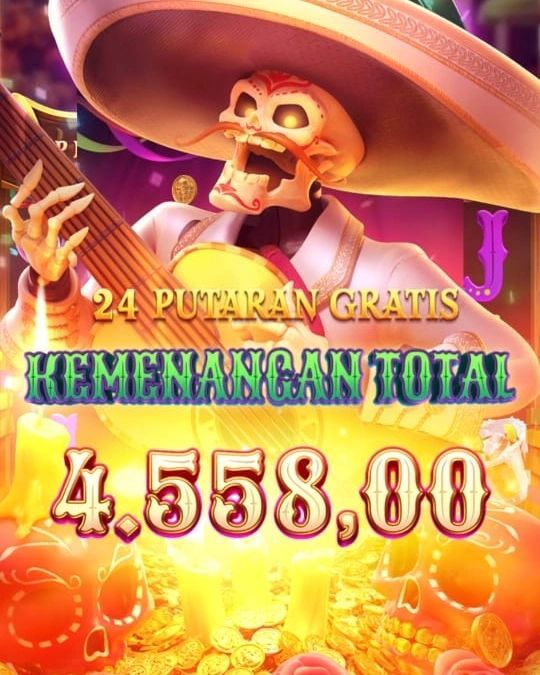Slot Online vs Slot Kasino Mana yang Lebih Menguntungkan Perkembangan teknologi digital telah membawa perubahan besar dalam...
Menjelang akhir tahun 2025, banyak pemain slot online mencari hiburan yang seru sekaligus menantang LIVE123 menghadirkan solusi ideal...
Seiring perkembangan teknologi digital, masyarakat semakin mudah mengakses berbagai bentuk hiburan daring. Saat ini, orang menggunakan perangkat...
SBOBET88 Tempatnya Strategi Keberuntungan Bermain Judi Bola Di era digital yang semakin terhubung, judi bola online bukan...
Dunia perjudian online telah berkembang pesat dalam beberapa tahun terakhir, dengan permainan slot menjadi salah satu pilihan...
Dalam beberapa tahun terakhir, permainan slot online telah menjadi salah satu bentuk hiburan digital paling populer di...
Industri judi online terus berkembang pesat, dinamika peluang daya tarik utamanya adalah kesempatan meraih keuntungan besar dalam...
















